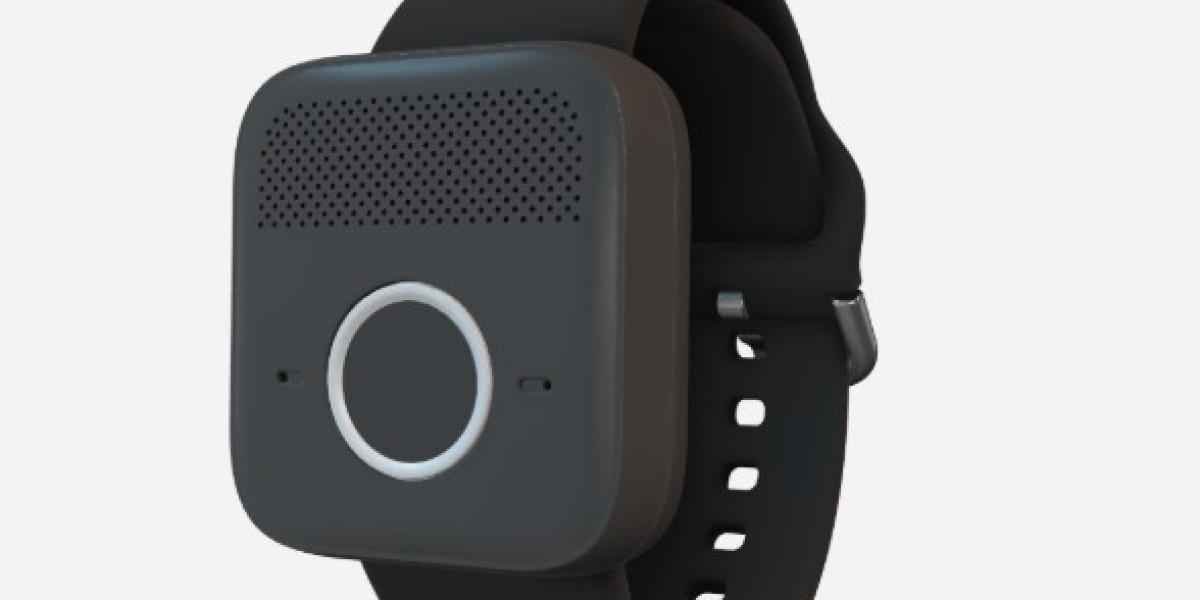A wide range of tools falls under the umbrella of surgical instruments, each designed with a specific purpose to aid in procedures. Among these critical tools, the claw retractor stands out for its unique design and functionality. Aspirationally simple yet profoundly effective, it exemplifies the innovative strides surgical tools have made over time, always prioritizing both precision and patient safety.

What Is a Claw Retractor?
The claw retractor is a specialized surgical instrument frequently employed in procedures requiring the careful separation of tissue layers. True to its name, it features claw-like prongs that allow for efficient grip and retraction. Surgeons rely on it particularly in scenarios where they need a stable view of the surgical field. By gently holding tissues aside without causing unnecessary pressure or damage, the claw retractor helps medical professionals access deeper body structures with ease.
Its design provides much-needed versatility. With prongs in different configurations, lengths, and sizes, this retractor fits a variety of surgical needs, from shallow incisions to extensive operations. Commonly made of durable, sterilizable metals like stainless steel, it is built to endure repeated use under rigorous operating room conditions.
Key Roles the Claw Retractor Plays in Surgery
Time is critical in surgical procedures, and visibility is often the key to minimizing that time. These retractors play a vital role in offering surgeons an unobstructed view of targeted areas. Without them, navigating complex anatomical structures could become more daunting, increasing risks and complications.
The claw retractor also helps maintain sterile fields. By securely holding tissue away, it reduces the chances of accidental contamination during intricate maneuvers. Its utility becomes apparent in procedures ranging from general surgery to specialized orthopedic, gynecological, and thoracic interventions.
Misconceptions About the Claw Retractor
One might assume that retractors like these are straightforward tools with little room for variation. However, the opposite is true. Surgical instruments evolve to fit the demands of innovative medical procedures. For instance, special designs of claw retractors may include ergonomic handles to reduce surgeon fatigue or additional locking mechanisms for long-duration operations. Often confused with simple hand-held retractors, claw retractors prove to be much more dynamic by offering a variety of options tailored to patient and procedural needs.
Additionally, the claw retractor belongs to a broader category of surgical instruments, including the Heaney retractor. While the Heaney retractor is specifically popular in gynecological surgeries for its comprehensive tissue retraction capabilities, the claw style focuses on fine-tuned precision in a broader scope of interventions. Understanding these distinctions ensures that every surgical instrument is employed to its greatest potential.
Innovations in Claw Retractor Design
Medical technology has not left claw retractors untouched. Modern retractors now feature add-ons like LED lighting, which illuminates hard-to-reach areas in real time. Additionally, materials like titanium make them not only lighter but also more resilient against wear and corrosion.
One area to watch is the integration of robotics. Future designs could allow claw retractors to function remotely under the surgeon's guidance, offering even finer control while minimizing hand strain over long procedures. The emphasis on innovation underscores their enduring importance in surgical care.
Why This Instrument Remains Indispensable
The stability and precision offered by a claw retractor are benchmarks of its efficacy. Beyond its practical utility, it is a testament to how simpler instruments can play a decisive role in saving lives. For medical professionals, mastering its usage is not optional; it is an essential aspect of modern surgical practice.
Final Thoughts
The claw retractor remains a vital tool in the vast domain of surgical instruments. Adaptable to a broad spectrum of operations, it brings reliability and precision to every use. By ensuring greater visibility and control, it continues to be a surgeon's ally in delivering exceptional care. The ongoing evolution of surgical instruments like the Heaney retractor and the claw retractor ensures that both patients and physicians reap the benefits of innovation, safety, and success.







